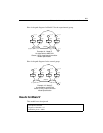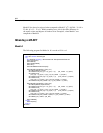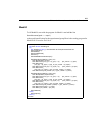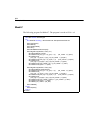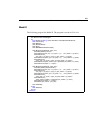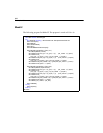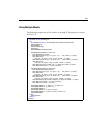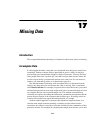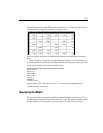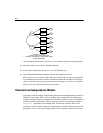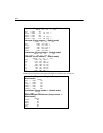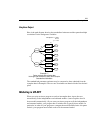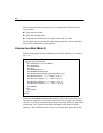
269
Example
17
Missing Data
Introduction
This example demonstrates the analysis of a dataset in which some values are missing.
Incomplete Data
It often happens that data values that were anticipated in the design of a study fail to
materialize. Perhaps a subject failed to participate in part of a study. Or maybe a
person filling out a questionnaire skipped a couple of questions. You may find that
some people did not tell you their age, some did not report their income, others did
not show up on the day you measured reaction times, and so on. For one reason or
another, you often end up with a set of data that has gaps in it.
One standard method for dealing with incomplete data is to eliminate from the
analysis any observation for which some data value is missing. This is sometimes
called listwise deletion. For example, if a person fails to report his income, you would
eliminate that person from your study and proceed with a conventional analysis based
on complete data but with a reduced sample size. This method is unsatisfactory
inasmuch as it requires discarding the information contained in the responses that the
person did give because of the responses that he did not give. If missing values are
common, this method may require discarding the bulk of a sample.
Another standard approach, in analyses that depend on sample moments, is to
calculate each sample moment separately, excluding an observation from the
calculation only when it is missing a value that is needed for the computation of that
particular moment. For example, in calculating the sample mean income, you would



